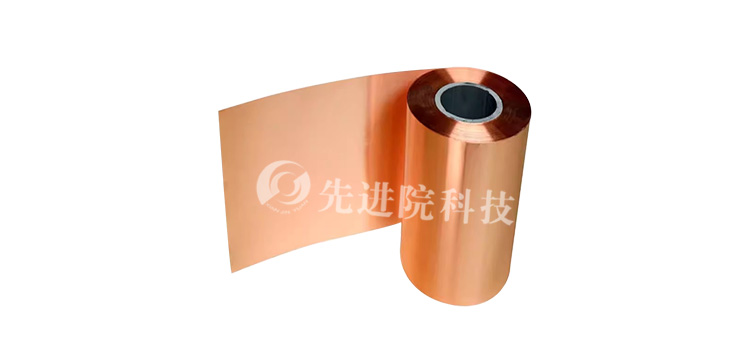Micro porous copper foilIt is a copper foil made of high-purity copper with a certain porosity and smaller pore size. It can have excellent physical properties such as conductivity, heat dissipation, and plasticity, as well as a good microporous structure, which can be applied in different fields and industries and has received widespread attention and applications.
1. Production method of microporous copper foil
The production process of microporous copper foil includes three main steps: cutting, etching, and smelting.
(1) Cutting/cutting: First, it is necessary to continuously cut high-purity copper billets into two copper foil sheets, namely the top foil and the bottom foil. The thickness of these two foils is related to the aperture size, and multiple checks and adjustments are required during the preparation process to ensure ideal accuracy and adaptability.
(2) Etching:
Computer automatic engravingThe technology is currently the mainstream technology for manufacturing microporous copper foil, which helps to achieve higher precision and stability. During the etching process, a special etching equipment is used to form needle like micropores with very thin thickness on the foil by gas pressure, in order to create the desired pore size.
(3) Smelting: Finally, copper foil is processed again through boiler smelting, which can produce copper foil with smaller pore size and higher porosity.

Micro porous copper foil has the following characteristics:
(1) Excellent conductivity and thermal conductivity: Due to the high conductivity and thermal conductivity of copper itself,
Micro porous copper foilIt can be widely applied in fields such as microelectronics, aerospace, and military industry.
(2) Microporous structure: As a material with efficient microporous structure, it has a wide range of applications in many fields such as microchannels, filters, and isolators, whether for transporting gases or liquids.
(3) Excellent plasticity: Microporous copper foil can be formed into various shapes and maintain its microporous structure through compaction, bending, stretching, and other methods.
(4) Corrosion resistance: Copper itself is a material with excellent corrosion resistance, and the processed microporous copper foil can maximize its corrosion resistance.
3. Application areas of microporous copper foil
Micro porous copper foil is applied in the following fields:
(1) Microelectronics: Used for manufacturing semiconductor devices such as microprocessors, memory, and sensors, as well as related components in fields such as telecommunications and computer equipment.
(2) Thermal insulation and heat dissipation: used for heat dissipation and insulation, such as heat sinks, cold plates, heat exchangers, radiators, etc.
(3) Filtering: Used to filter air, liquids, or gases, such as filter cartridges, air filters, etc.
(4) Medical equipment: used for manufacturing medical devices (such as respiratory system devices, probes, surgical instruments, etc.), which can transfer gases, drugs, etc. to the desired site through microporous structures.
(5) Acoustics: Used for noise reduction, sound insulation, etc., such as noise barriers, compressed air pressure reducers for factory production line equipment, heating system controllers, and many other noise reducing devices.
In summary,
Micro porous copper foilIt has excellent physical properties and a wide range of applications, widely used in microelectronics, heat dissipation systems, filters, and other fields. By optimizing the preparation process, more valuable microporous copper foils can be manufactured.





